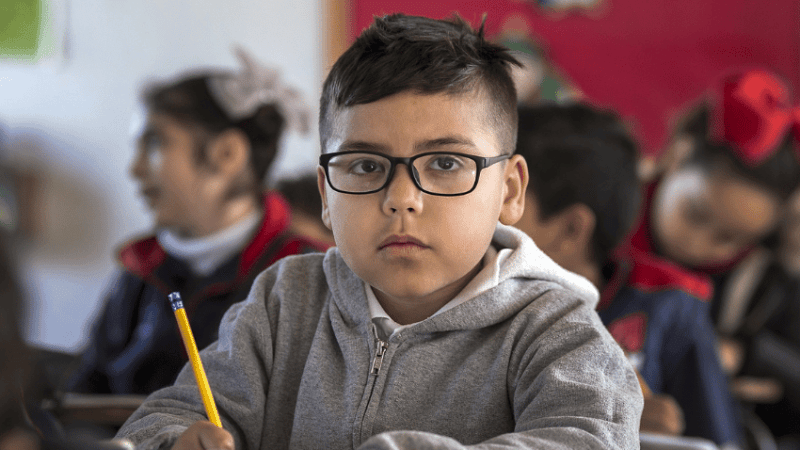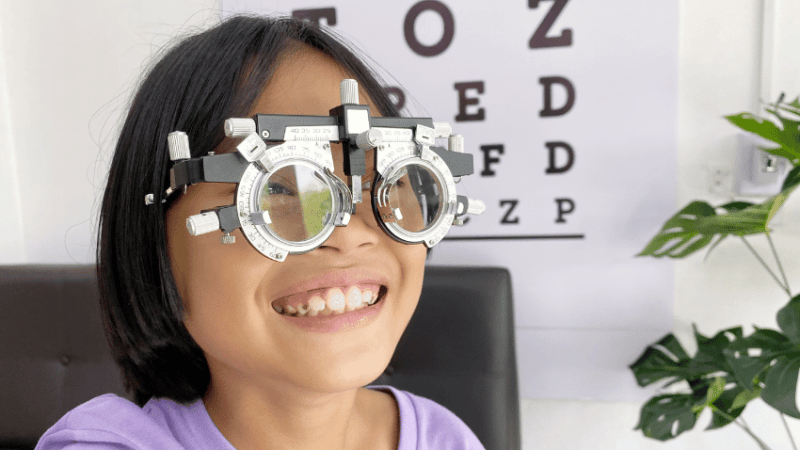SEND Support – Using Stickmen To Open Up Conversation With An Anxious Child
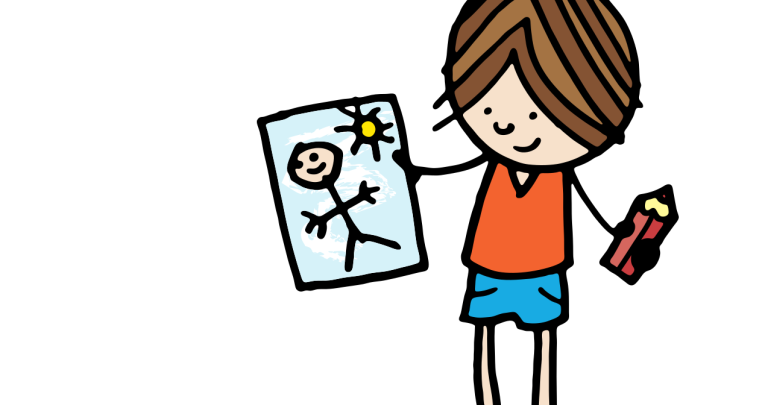
Simple drawings can be the breakthrough you need to help a child feel safe, explains Adele Devine
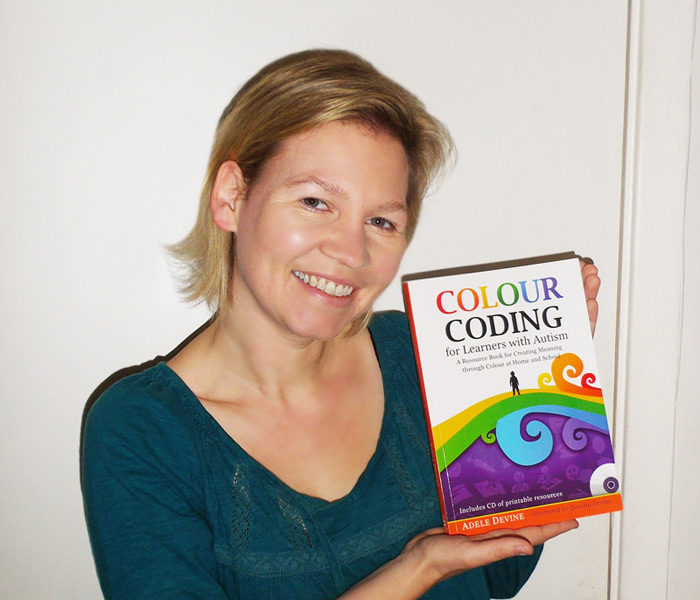
- by Adele Devine
- Early years and SEN specialist, author, keynote speaker and trainer Visit website
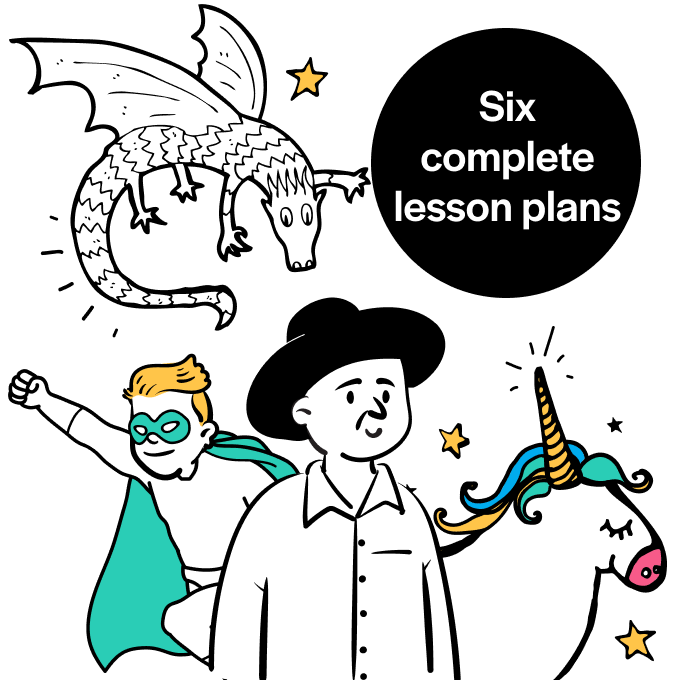
You have INSET training in an unfamiliar school. You’re not feeling great! You’ve tried to look smart, but other delegates are casual as can be. Your new shoes feel tight.
The others all know each other and are not keen to introduce themselves. What might you do?
- Be brave! Go and introduce yourself to a group
- Find a seat and focus on you phone
- Opt out and go home!
Maybe there’s a child you know who stays by the door until home time, or a child who rocks in the corner; a child who quietly complies or even a child who throws the furniture. These children (who often have not yet developed speech) are all shouting the same thing: “I don’t want to be here. I’m not comfortable. I want to go home.”
A time to draw
When you’re young, a school day can seem interminable, and time goes even slower when we are anxious. To help, draw out a lesson structure; divide it into parts on a dry wipe board. This can make the world of difference to the child who needs to know.
When a child is anxious they will not process lots of language. Speaking can be like fanning flames, so resist the temptation to talk. Instead, sit quietly nearby, start the ‘conversation’ with a stickman picture and wait – in this way you will seem less threatening and they may decide to help you to get the picture right.
Self-help author Jess Lair once observed that, “Children are not things to be moulded, but people to be unfolded.” How very true!
Useful websites
Success! I wasn’t sure how much Mikey had taken on board, but the next time we had the paddling pool out I gave him the benefit of the doubt and handed him the hose. This time he filled the pool in a more conventional and less ‘be crazy’ way!
The big picture
With simple stick drawings we can…
- Promote calm
- Unpick situations
- Discover misperceptions
- Discuss feelings
- Reduce language
- Show schedules
- Discuss cause and effect
- Provide processing time
- Negotiate
- Show rewards
Adele Devine is a teacher at Portesbery School and director of SEN Assist.
Sharing pictures I spoke to Leo’s mum and she told me about all the drawings they did at home. Leo was very happy when I spelled out his name (as Mum did at home). I asked Mum to draw the pictures so we could use them in his Picture Exchange Communication System (PECS) book. Leo was very pleased when he saw the pictures and handed me the picture of a boat. When I drew his boat he clapped and bounced. Leo has now started drawing more and more and rocking less and less.
Case study – ‘Mikey the mixer-upper’
Pool problems At the sandpit Mickey might throw sand in a child’s eyes or drive a digger through their carefully constructed sandcastle. Whatever the activity Mickey had a way of mixing it up and getting reactions.
When it was time to fill the paddling pool Mikey was right in there wanting to use the hose and we let him have a go. He knew what he should do, but instead of pointing the hose down he pointed it up in the air.
The water sprayed up and then rained down on all the children. They were not happy at all. One of them started to cry. But Mikey had the biggest, happiest grin on his face. The hose was removed from Mikey and the paddling pool then got filled properly. Mikey was very cross and upset. He thought that taking the hose from him was totally unjustified.
Unpicking the issue Later I sat with Mikey. I wanted to unpick what had happened and find out how he saw the situation. I thought that a Carol Gray-style Comic Strip Conversation could help.
I drew a stickman (representing Mikey) and a paddling pool. Mikey took the pencil and added the hose with the water spraying upwards. He drew a big smile on his stickman’s face.
I asked what he was thinking and he drew a thought bubble above his head. He said, “Be crazy!” grinning. We added his words to the thought bubble. We added the other children too.
I asked him, “What were they saying?” We added the words, “Stop it, Mikey. My hair is wet.” He added sad and cross faces to the children. We talked about why they might be sad. Was it because they were getting wet? Was it because the water wasn’t going in the paddling pool? But Mikey said that the water was going in the paddling pool. I agreed that it was, but asked him to think about how if he had pointed the hose down it would have been filled faster and the other children would not have been sad.
Success! I wasn’t sure how much Mikey had taken on board, but the next time we had the paddling pool out I gave him the benefit of the doubt and handed him the hose. This time he filled the pool in a more conventional and less ‘be crazy’ way!
The big picture
With simple stick drawings we can…
- Promote calm
- Unpick situations
- Discover misperceptions
- Discuss feelings
- Reduce language
- Show schedules
- Discuss cause and effect
- Provide processing time
- Negotiate
- Show rewards
Adele Devine is a teacher at Portesbery School and director of SEN Assist.
Trending
Case study – ‘Little artist Leo’
A rocky start Leo would go straight to the Little Tykes rocker every day. The rocking motion gave him something clear to do. It was a known activity that made him feel safer and more able to cope. Leo needed the rocker to feel comfortable, and we knew to give him time. He could observe our sessions from his safe place.
Drawing together Every day we do a session we call ‘Box’. We follow the structures for Attention Autism devised by the inspirational speech therapist and trainer Gina Davies. I draw the structure of the session on a dry wipe board. For example, 1 – box, 2 – pirate ship, 3 – walk the plank, or similar.
Leo was still settling and rocking (a lot) so when I took out the pen to draw my stick figure visual schedule I was surprised that he came over and tried to take the whiteboard and pen.
I did not let Leo take the board because he would need to get used to the routine of these sessions, but was happy to discover something that motivated him.
I sat down with two black boards and started to draw a stickman. Leo came over and took the chalk from my hand. He completed my drawing by giving the face a smile. Wow! He was very pleased with himself and bounced and clapped when I praised him.
Over time we would spend more and more time drawing different pictures together. Leo would come and sit on my knee and we would draw.
Sharing pictures I spoke to Leo’s mum and she told me about all the drawings they did at home. Leo was very happy when I spelled out his name (as Mum did at home). I asked Mum to draw the pictures so we could use them in his Picture Exchange Communication System (PECS) book. Leo was very pleased when he saw the pictures and handed me the picture of a boat. When I drew his boat he clapped and bounced. Leo has now started drawing more and more and rocking less and less.
Case study – ‘Mikey the mixer-upper’
Pool problems At the sandpit Mickey might throw sand in a child’s eyes or drive a digger through their carefully constructed sandcastle. Whatever the activity Mickey had a way of mixing it up and getting reactions.
When it was time to fill the paddling pool Mikey was right in there wanting to use the hose and we let him have a go. He knew what he should do, but instead of pointing the hose down he pointed it up in the air.
The water sprayed up and then rained down on all the children. They were not happy at all. One of them started to cry. But Mikey had the biggest, happiest grin on his face. The hose was removed from Mikey and the paddling pool then got filled properly. Mikey was very cross and upset. He thought that taking the hose from him was totally unjustified.
Unpicking the issue Later I sat with Mikey. I wanted to unpick what had happened and find out how he saw the situation. I thought that a Carol Gray-style Comic Strip Conversation could help.
I drew a stickman (representing Mikey) and a paddling pool. Mikey took the pencil and added the hose with the water spraying upwards. He drew a big smile on his stickman’s face.
I asked what he was thinking and he drew a thought bubble above his head. He said, “Be crazy!” grinning. We added his words to the thought bubble. We added the other children too.
I asked him, “What were they saying?” We added the words, “Stop it, Mikey. My hair is wet.” He added sad and cross faces to the children. We talked about why they might be sad. Was it because they were getting wet? Was it because the water wasn’t going in the paddling pool? But Mikey said that the water was going in the paddling pool. I agreed that it was, but asked him to think about how if he had pointed the hose down it would have been filled faster and the other children would not have been sad.
Success! I wasn’t sure how much Mikey had taken on board, but the next time we had the paddling pool out I gave him the benefit of the doubt and handed him the hose. This time he filled the pool in a more conventional and less ‘be crazy’ way!
The big picture
With simple stick drawings we can…
- Promote calm
- Unpick situations
- Discover misperceptions
- Discuss feelings
- Reduce language
- Show schedules
- Discuss cause and effect
- Provide processing time
- Negotiate
- Show rewards
Adele Devine is a teacher at Portesbery School and director of SEN Assist.


